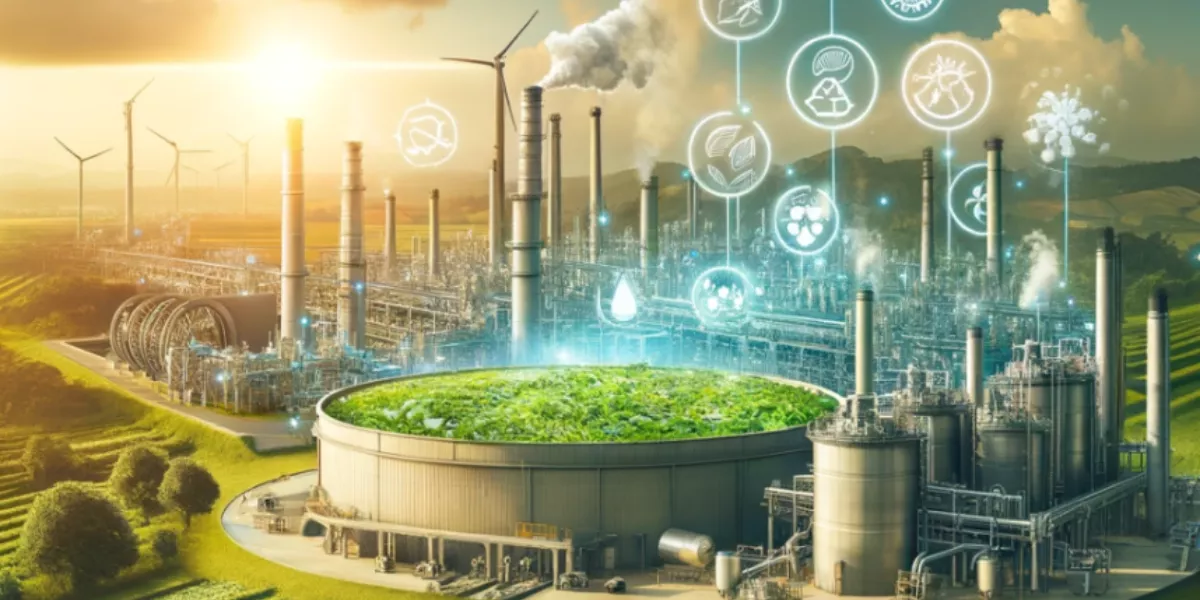STABIRA
STAbilizzazione fanghi BIologici per Riuso Agricolo

Scheda del progetto






Water used in urban and industrial settings (waste water) requires purification treatment; this treatment leads to the production of so-called sewage sludge. The problem of sewage sludge disposal has become very important due to its increasing production.
The STABIRA project analyses, through the realisation of a prototype system, a sludge treatment reactor for a municipal and industrial sewage plant. The objectives are the radical reduction of biological sludge at source; the agricultural reuse of sludge and the transformation of the wastewater treatment plant into a producer of material and energy resources.
The project will be developed by the sole partner GIOTTO WATER Srl, a leading company in the field of water and sludge purification, which intends to make use of the consulting services of the University of Pavia - Department of Civil Engineering and Architecture, for its expertise in the field of purification processes and digital components.
Contact:
Emanuela Giacomotti, emanuela.giacomotti@giottowater.com
Over the years, the problem of biological sewage sludge disposal has become more important due to its increasing production. The imposition of more restrictive limits on the discharge of effluents from municipal sewage treatment plants has led to an increased production of biological sewage sludge with a deterioration in its quality characteristics. In fact, improved water purification efficiency leads to greater production of biological sewage sludge with a higher degree of contamination.
The transformation of sewage treatment plants into resource and energy recovery plants is one of the key actions to implement a circular economy approach.
Nevertheless, the project aims, in line with the requirements of the NODES call for proposals, to achieve a high degree of digitisation by implementing sophisticated automation, control and monitoring systems that will reduce environmental impact and operating costs.
The project is also highly innovative on an international level in that it guarantees, on the one hand, the almost total reduction of sewage sludge from the sewage plant that produced it, and on the other, the maximum recovery of organic matter and nutrients (valuable resources) from the sludge. Not to be overlooked is the possibility of possible energy recovery from the thermal energy released by the exothermic oxidation reactions.
To date, the mature application of the technology, by means of full-scale plants, concerns the treatment of liquid waste at multi-purpose platforms or authorised sewage treatment plants. The inclusion of the technology in the sludge line of a sewage treatment plant for the in-situ minimisation of the biological sludge produced represents a new application context.
The push for digitalisation in an application field such as purification is also highly innovative.
The proposed technology can lead to an estimated 70% to 90% reduction in the amount of sludge organic matter.
The STABIRA technology can be introduced in municipal treatment plants with a potential of more than 2,000 population equivalent (p.e.) to more than 100,000 p.e., with significant reductions in operating costs primarily related to the reduction of sludge to disposal. Finally, it contributes to the resolution of the sludge disposal issue, which today leads to problems related to disposal in agriculture and public aversion to complex technological plants such as landfills and incinerators.
